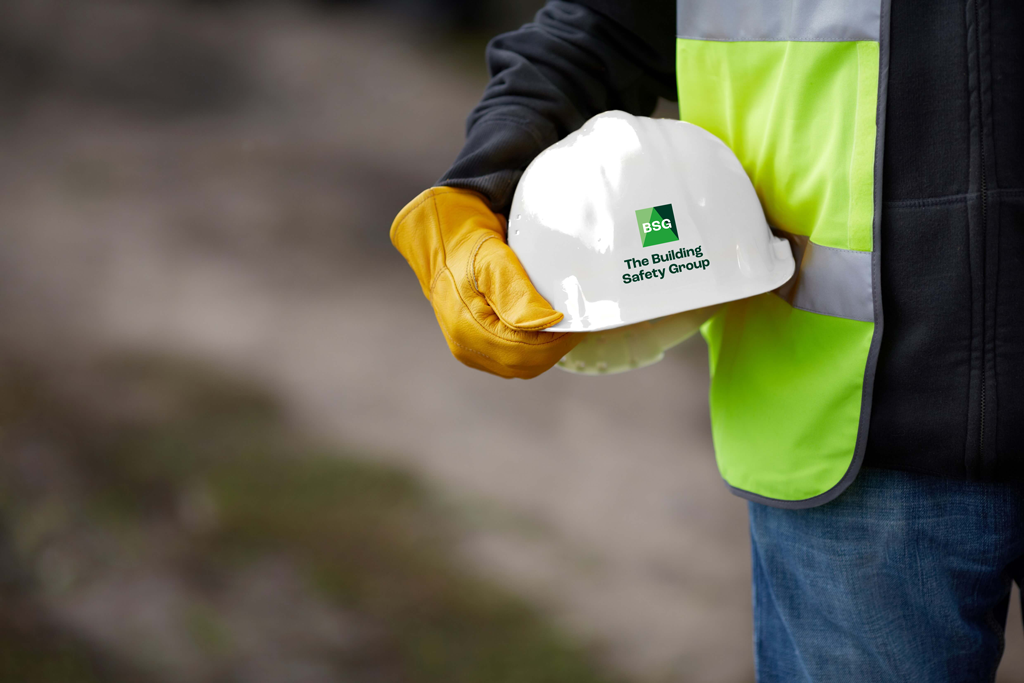26 March 2019
Construction workers’ desire for summer sun tan putting them at heightened risk of skin cancer
Construction workers’ desire for a summer sun tan could be putting them at heightened risk of developing skin cancer, new research has shown.
A new study funded by IOSH and led by researchers from Heriot-Watt University and the Institute of Occupational Medicine in Edinburgh has for the first time measured UV exposure amongst construction workers in the UK, who during summer are at risk of excessive exposure due to the nature of their work.
There is currently limited research to understand the barriers to workers adopting sun-safe behaviours and the association this may have with vitamin D production.
The research investigated whether an intervention in the form of a combination of short messages delivered to the smartphones of construction workers, along with appropriate organisational support, can keep workers safe and healthy. The messages attempted to influence workers to reduce exposure to UV radiation in summer and to increase intake of vitamin D in winter when sun exposure cannot maintain a healthy amount.
The research examined the concentration of vitamin D in blood samples and measured UV radiation exposure of individual workers with wearable electronic sensors.
The study found almost half of outdoor workers on construction sites had insufficient vitamin D during the winter.
However, during the summer the desire to get a sun tan remained high among workers, with many exposing themselves to UV radiation deliberately, increasing their risk of developing non-melanoma skin cancer.
Professor John Cherrie, Principal Investigator on the research from Heriot-Watt University, said: “In Britain we love the sun and having a sun tan, but unprotected exposure to the summer sun can cause irreversible damage to our skin and ultimately may lead to a diagnosis of skin cancer.
“Every year there are more than 3,000 cases of skin cancer caused by outdoor work in construction and other industries. Our desire for a tan is stopping us from taking proper care to protect our skin from the damaging effects of the UV radiation in sunlight.”
Mary Ogungbeje, OSH research manager at the Institution of Occupational Safety and Health, said:
“We have known that behaviour change strategies specifically targeting health risk factors can be effective. What we didn’t know is how effective the use of everyday technology can be in encouraging safe, healthy attitudes and behaviour among outdoor workers. The findings are promising but highlight that there’s some work to do as both workers and employers have a part to play in reducing the risks of excessive UV exposure.
“We encourage workers and employers to be more aware of occupational cancer and take positive steps to reduce the risks. Our No Time to Lose resources on solar radiation have been produced with them in mind.”
Nine sites throughout Central Scotland and Greater London were included in the study. Recruitment was for three waves of data collection – two low UV exposure periods during the winter and one high UV exposure period during the summer, with each study period lasting 21 days.
During the high UV period participants were issued with a UV wearable sensor mounted on the rear of their hard hat. These sensors logged UV measurements throughout a working day.
UV exposure was measured through standard erythemal dose (SED), which provides a measure of exposure that is independent of skin type, over an 8-hour day. The International Commission on Non-ionising Radiation recommends a limit on daily exposures for a person with light coloured skin to 0.3 SED per day; above 2 SED in a day they are at risk of getting sunburn.
During the winter study periods vitamin D levels in the group receiving the short message intervention were significantly higher after the intervention: from 48% with sufficient levels to 88% in the first winter period and from 52% to 70% in the second.
This suggests daily information and availability of a dietary supplement is likely to increase vitamin D levels during periods when UV is too low to be synthesised naturally.
However, during the summer workers who predominantly worked outdoors were exposed to an average 2 SED and those who worked partly indoors and partly outdoors were exposed to 0.69 SED. In the outdoor workers around 40% of the daily exposures exceeded 2 SED while about 12% of the exposures for the indoor workers were above 2 SED.
These levels, over a working lifetime, could significantly increase the risk of non-melanoma skin cancer.
The short messages during the summer wave did not influence workers to take protective measures, which the researchers attributed to the widespread misconception that it is healthy to have a sun tan.
The report, ‘Nudging construction workers towards safer behaviour’, is available here: https://exclusive.iosh.com/constructionsaferbehaviour
IOSH No Time to Lose resources focusing on solar radiation are available here: https://www.notimetolose.org.uk/free-resources/resource-library/pack-2-solar/
Source: IOSH



